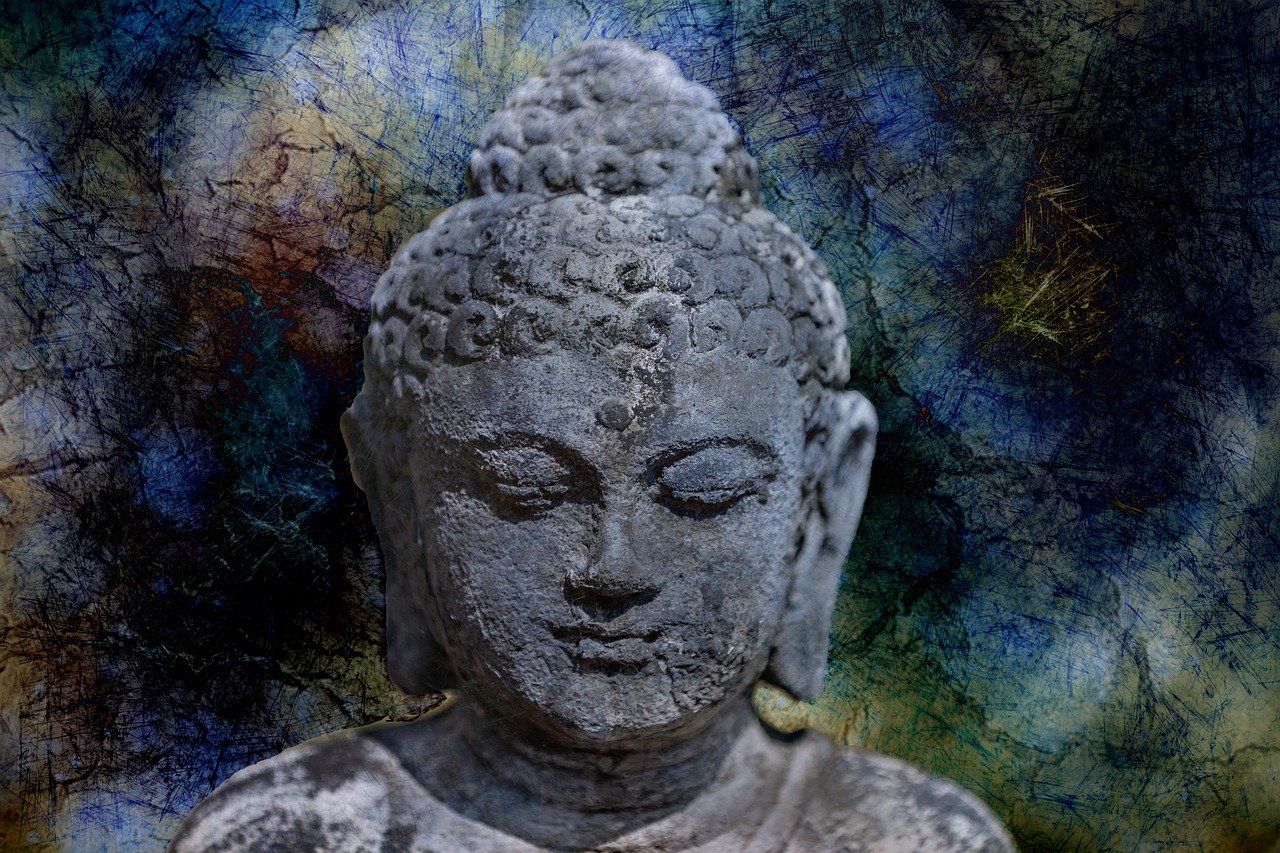The Art of Doing Nothing
Doing Nothing
That was actually a joke, but it’s pretty close to the truth for me. The funny thing is that after years of studying and practising advanced meditation techniques, I have come to the conclusion that ‘doing nothing’ is indeed a key factor in the Way of Meditation and also a way to not suffer as 16th French Philosophy Blaise Pascal says:
“All of humanity’s problems stem from man’s inability to sit quietly in a room alone.”
The art of doing nothing is not a passive state; the Taoist term for the art of doing nothing is ‘wei wu wei,’ which means:
…the ‘action of no action,’ a way of acting without trying to act. Action happens by itself, spontaneously – rather than being contrived, it is more direct and natural.
The Zen masters of old would speak of a non-intentional movement inspired by ‘no-mind,’ a way of being that is not driven by thoughts or contrivance but instead initiated by spontaneous intuition. In modern Western terms, I think an example of this type of action can be found in sport. Athletes have described a performance state of effortlessness and no-thought called being in the ‘zone’ which unlocks their fullest potential and allows athletes to perform amazing feats with a sense of grace and ease.
All that’s necessary to access the ‘zone’ or ‘no-mind’ or ‘wei wu wei’ is to let go, and go with the flow; trim the sails and go with the wind. The art of doing nothing, does not cling or grasp but instead moves along effortlessly and smoothly with the current. No effort is required once you have initially made the effort to let go of the bank, but really, letting go is not “doing” something, it’s more like undoing something. By letting go you achieve everything. As Lao Tzu says in the Tao Te Ching:
During formal sitting meditation, doing nothing with your thoughts is the main component of a powerful technique at the core of Buddhist practice. Tranquillity meditation involves detachment from thoughts, not following thoughts and also not pushing them away. Just letting thoughts be, the skill of doing nothing with thoughts and being able to rest naturally. ‘Zazen,’ the core Zen Meditation practice, literally means ‘just sitting,’ which is pretty close to just doing nothing. this just sitting is not a means to an end like creating a cause to achieve enlightenment, but as Zen Master Dogen implies: just sitting is the expression of the realisation that enlightenment is already here and there is no ‘there’ to get to.
Tibetan Meditation Master Dzongsar Khyentse Rinpoche explains how ‘doing nothing’ during meditation can heal and purify our minds:
Doing nothing is not a static state of affairs, because that’s impossible. Every thing is moving, including our own mind and body; doing nothing means you flow effortlessly and harmoniously with the unending circumstances of life with the flexibility to accept constant fluctuation. Surrendering to the unpredictable flow of life brings with it the capacity to love easily as you recognise your connection with all that is. Of course, this does not mean that your life will suddenly be perfect. It does mean that you can find grace and freedom in any situation because the art of doing nothing is inherently harmonising and as Bruce Lee says:
Once you are skilfully ‘doing nothing,’ you are moving along life effortlessly and learning to trust the essential practice of non-grasping and non-contrivance. This allows you to maintain an ongoing, meditative, natural state of ease, whether the river current is tumultuous or gentle. The trust in the flow comes from our direct experience of doing nothing and just being, discovered in the silence of meditation practice. This is where we uncover the silent ‘nothing’ within that is actually full of love, bliss and wisdom. There is nothing to do because we are already that which we seek. Meditation master Chogyam Trungpa calls this discovering our ‘basic goodness.’ The art of doing nothing, then, is the art of letting go into the flow of basic goodness.
Written by Chad Foreman
Chad Foreman is the founder of The Way of Meditation, has been teaching meditation since 2003, determined to bring authentic meditation practices into the lives of millions of people in the modern world. Chad is a former Buddhist monk who spent 6 years living in a retreat hut studying and practicing meditation full time and has now has over twenty years’ experience teaching meditation. Chad holds regular
Meditation Retreats on the Sunshine Coast Australia, has
Online Meditation Coaching, delivers three online programs - The 21 Day Meditation Challenge to help guide people gradually from the basics of mindfulness and relaxation to profound states of awareness.
Breath-work to help manage stress and go deeper into meditation and
The Bliss of Inner Fire which is a Buddhist tantric method for purifying energy blocks and contacting the clear light of bliss. You can also now get Chad's free e-book Insights Along the Way.
Get A FREE
Guided Meditation Series
with Chad Foreman















